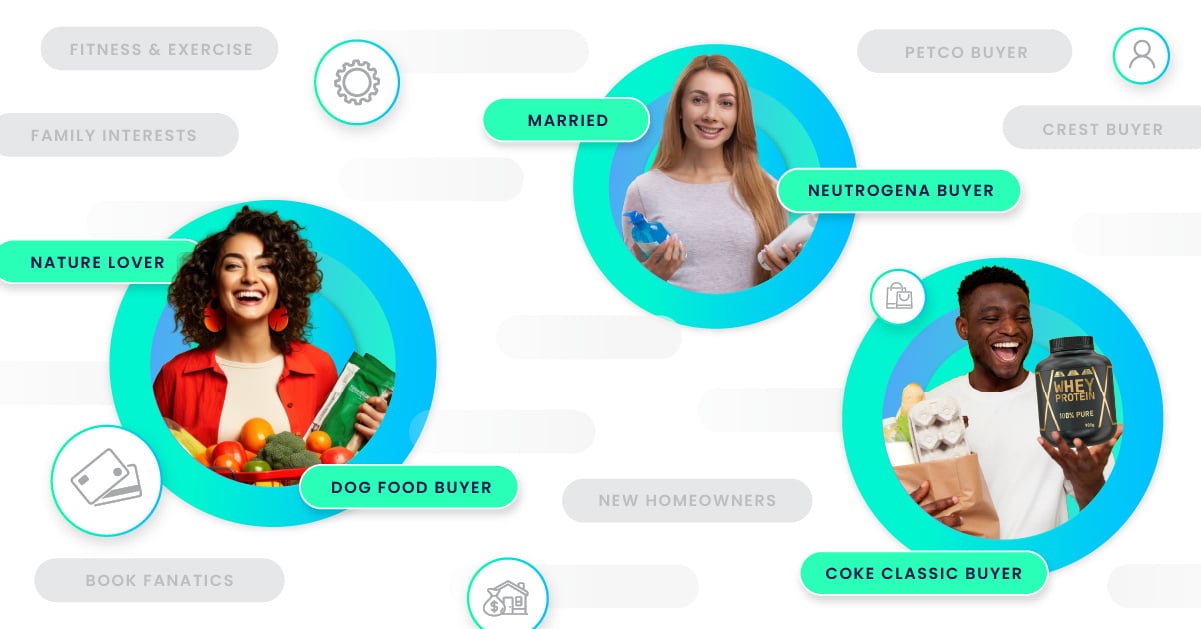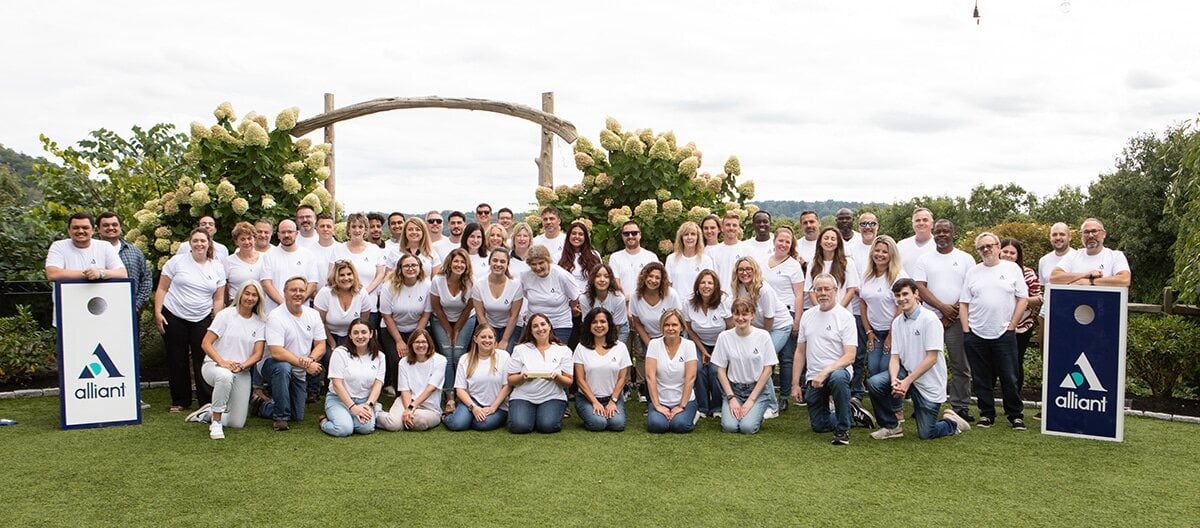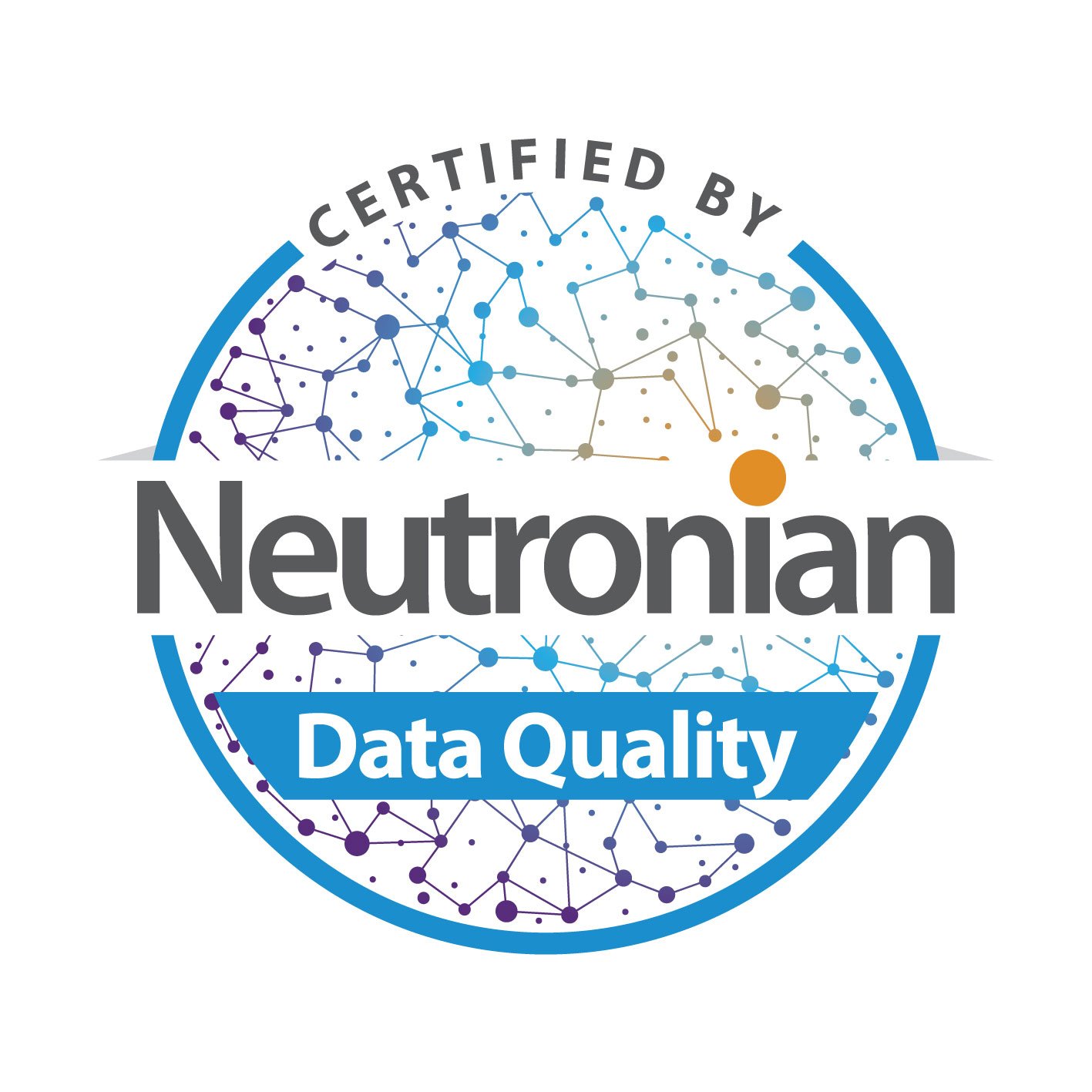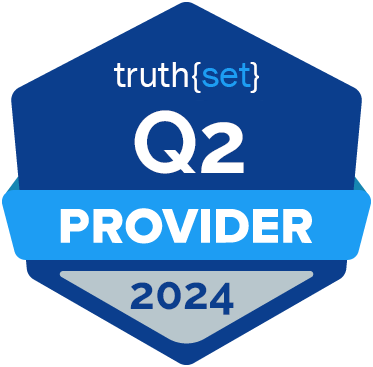Originally featured on The Drum
The ad targeting landscape sure is going to look different in 2024 when political campaigns are expected to spend upwards to $2bn on digital ads. That’s why it’s essential that political campaigns begin to experiment during the midterm elections this year. Here’s what you need to know.
Political campaigns are expected to spend nearly $9 billion on advertising this election cycle, including $1.7 billion on digital media alone, per Axios. The forecast for 2022 – a midterm election year – is nearly as much as the presidential campaigns spent two years ago. While the $1.7 billion digital advertising forecast is a 24% decrease from what campaigns spent in 2020, it's an astronomical 1,525% increase from digital ad spend during the 2018 midterm elections.
These results validate how digital advertising can deliver for both candidates and causes, but it also shows just how political campaigns could feel the deep impact of changes to the digital ad landscape. Apple’s App Tracking Transparency (ATT) feature is already disrupting how social ads are measured on mobile devices. With Google scheduled to sunset cookies in Chrome in the second half of 2024, the digital targeting practices that campaigns are investing in this election cycle will not be there the next time around.
It’s imperative that campaign marketers and their agencies see 2022 as an opportunity to prepare for the post-cookie future, testing and refining to ensure that $2 billion in spending remains effective in 2024.
Level-setting amid the current landscape
It helps to level-set on what’s actually happening in the digital ad landscape. The Apple ATT changes have made it much harder to target ads on social media apps like Facebook, and that will impact this election cycle. Third-party cookies, which allow advertisers to deliver targeted ads based on user browser behavior and other insights, will no longer work in the Chrome browser by 2024. However, campaigns will continue to have access to their first-party data, including voter registration information and other critical insights.
The challenge is in activating first-party data in an effective, efficient, and privacy-safe way online. Digital advertising investment from campaigns grew from $80 million to $1.7 billion from 2018 to 2020 because it worked. Campaigns would be foolish to restrict this avenue.
What makes it even more pressing is the loss of reach on linear TV. Research shows that in 2020, campaigns bombarded the top 55% of TV-viewing households while largely missing the remaining 45%. Digital provides a way to reach the voting public that isn’t accessible via linear TV, but the basic tools of digital are about to change.
Now is the time to refine and re-test
When cookies are out and linear TV is less effective, campaigns need new solutions. Fortunately, there are a plethora of alternatives emerging at the moment, ranging from alternative identifiers, like UID 2.0, as well as data-driven linear, addressable and CTV inventory that delivers a targeted message in a traditional TV viewing experience.
There will be even more options by 2024. But political campaigns can’t rest on their best practices and expect success two years from now. This means running a balance of cookie and cookie-free test campaigns this year in order to get a baseline for performance, then carry that forward into future efforts.
The new identifiers don’t have the necessary scale required to replace cookies right now, but that can change quickly. Campaigns need to run their tests during the active campaigns to understand how well these alternatives will deliver, and then build their 2024 strategies around these insights and develop a successful channel mix.
New data sources require exploration, too. There are options available right now to marry cookied audiences with contextual data to build more intelligent contextual targeting parameters, which again, will come into play two years down the line. It’s critical that buyers get a sense of the scale that’s available in 2022, as well as the expected scale in 2024, to plan how much they want to devote to new identifiers, and how much they’ll spend on alternative forms of advertising.
Working in smaller windows
The challenge that campaigns face is very clear: their mandate is to win now, but they also have a very limited window for testing new strategies for the future. This is especially true of the two major parties, who need to learn as much as they can during an active cycle so that they’re not caught flat footed when the stakes are even higher in the 2024 presidential election.
It’s imperative that campaigns use 2022 as a year to balance winning now and preparing for the future. It is a tough task, but the future of their success hangs in the balance. Reach out to see how Alliant's political party audiences can help you effectively reach more American voters this midterm election season!































Submit a Comment